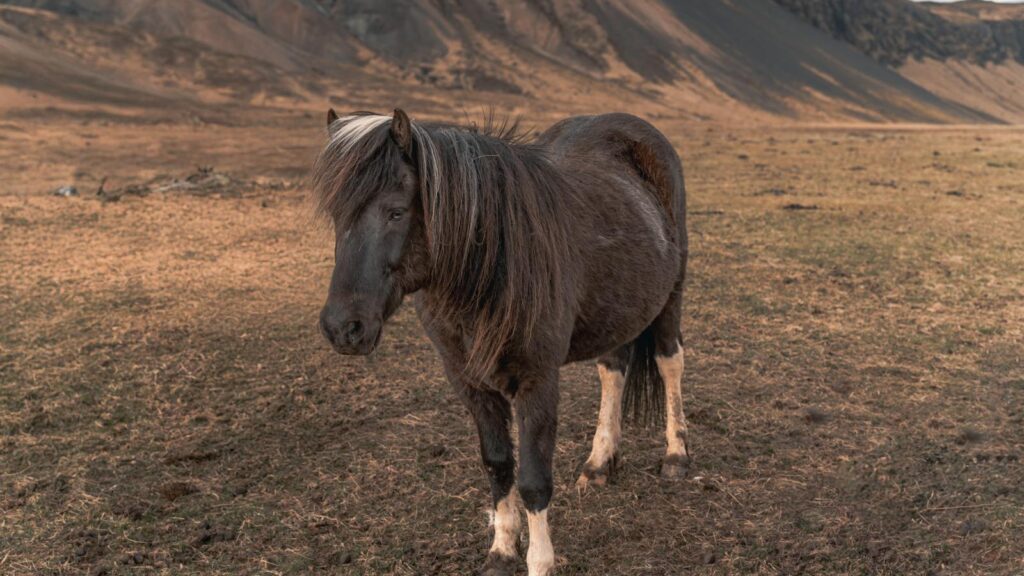introduction
Endurance horses represent one of the most remarkable athletic specimens in the equine world, capable of covering distances that would leave many humans and other horse breeds exhausted. These extraordinary animals embody the pinnacle of equine stamina, mental fortitude, and physical resilience. Often overlooked in conversations about prestigious equestrian disciplines, endurance riding and the horses that excel in it deserve significant attention from both casual horse enthusiasts and serious equestrians alike. Understanding endurance horses isn’t just about appreciating their athletic capabilities—it’s about recognizing a specialized approach to horse care, training, and competitive spirit that can enhance our knowledge of equine health and performance across all disciplines. This article explores why endurance horses should never be ignored and what valuable lessons they offer to the broader equestrian community.
The Unique Physiology of Endurance Horses

Endurance horses possess physiological adaptations that set them apart from other equine athletes. Their cardiovascular systems feature remarkably efficient hearts that can pump blood at lower resting heart rates and recover quickly after exertion, allowing them to sustain activity over long periods. Their muscle fiber composition typically shows a higher percentage of slow-twitch muscles, which are designed for aerobic activity and fatigue resistance rather than explosive power. Additionally, these horses often develop more efficient thermoregulation systems, enabling them to manage their body temperature during extended periods of exercise in varied weather conditions. Perhaps most impressively, endurance horses develop enhanced glycogen storage capabilities and fat utilization pathways, allowing them to access energy reserves that would remain untapped in less conditioned equines.
Historical Significance of Distance Horses
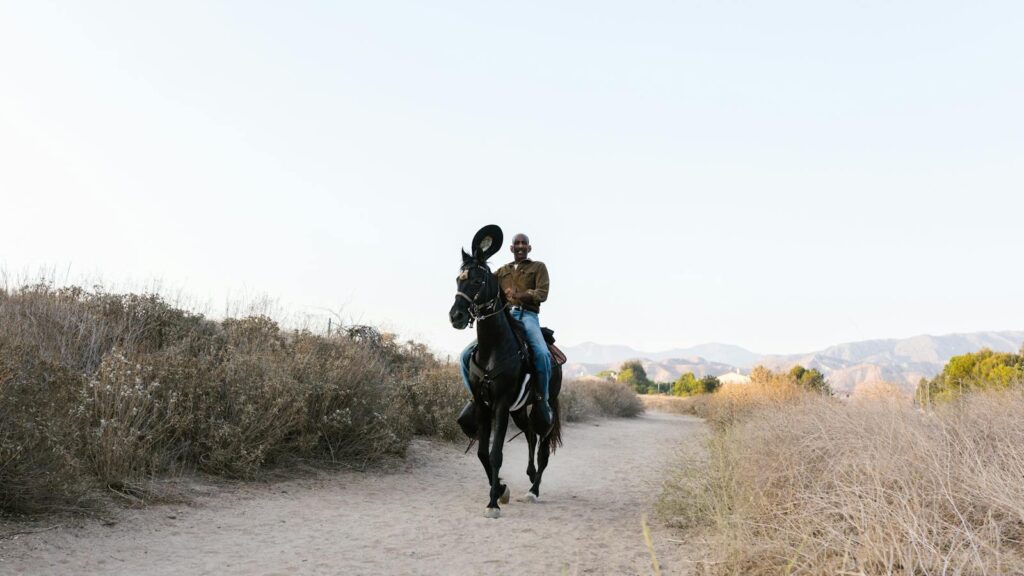
Throughout history, horses with exceptional stamina have played crucial roles in human civilization, long before formal endurance competitions existed. The Pony Express relied on horses capable of covering 10-15 miles at a gallop before switching mounts, demonstrating the historical premium placed on equine endurance. Military campaigns throughout history have succeeded or failed based largely on the stamina of their cavalry mounts, with generals like Genghis Khan conquering vast territories thanks to the Mongolian horses’ legendary endurance. In the American West, Native American tribes valued horses that could travel great distances during hunting expeditions or migrations, selectively breeding for this trait generations before modern endurance competitions. These historical examples illustrate that endurance has always been one of the most valuable traits in working horses, predating modern sport horse breeding programs by centuries.
Breed Considerations for Endurance Success

While endurance competitions welcome all horse breeds, certain bloodlines have demonstrated particular aptitude for distance riding. Arabian horses dominate the sport due to their natural desert adaptations, including efficient cooling systems, dense bone structure relative to body weight, and inherent cardiovascular efficiency. The Arabian influence appears in successful crossbreeds like Anglo-Arabs and Shagya Arabians, which combine stamina with other desirable traits like greater size or smoother gaits. Interestingly, some unexpected breeds have shown remarkable endurance potential, including Akhal-Tekes from Turkmenistan, Criollo horses from South America, and certain lines of Mustangs with their natural selection for hardiness. The success of varied breeds demonstrates that while genetics play a significant role, proper conditioning and management can prepare many horses for at least entry-level endurance challenges.
Mental Attributes That Set Endurance Horses Apart

Beyond physical capabilities, successful endurance horses possess distinctive mental characteristics essential for their sport. The “forward” mentality—a willingness to continue moving ahead despite fatigue—represents perhaps the most valued trait in these equine athletes. Exceptional endurance horses display remarkable focus, maintaining their pace and surefootedness even after many hours on challenging terrain. These horses develop impressive problem-solving abilities, learning to negotiate varied obstacles while conserving energy and maintaining their own wellbeing. Perhaps most importantly, top endurance horses form extraordinarily deep partnerships with their riders, creating a mutual trust system where both athlete and mount monitor each other’s condition throughout demanding competitions that can span 50-100 miles in a single day.
Revolutionary Veterinary Insights from Endurance Competition

The endurance discipline has contributed significantly to advances in equine veterinary science through its stringent monitoring protocols. The mandatory veterinary checks throughout competitions have generated unprecedented data about how horses respond physiologically to extended exertion, benefiting all equestrian sports. Metabolic monitoring techniques developed for endurance events, including capillary refill time assessment, gut sound evaluation, and hydration tests, have become standard protocols in general equine medicine. Research into electrolyte supplementation and replacement strategies for endurance horses has transformed understanding of equine nutrition during athletic performance across disciplines. Perhaps most significantly, the discipline’s focus on recovery rates and cardiac function has pioneered preventative approaches to horse health that emphasize early detection of potential issues before they become serious conditions.
Training Methodologies That Revolutionize Horsemanship
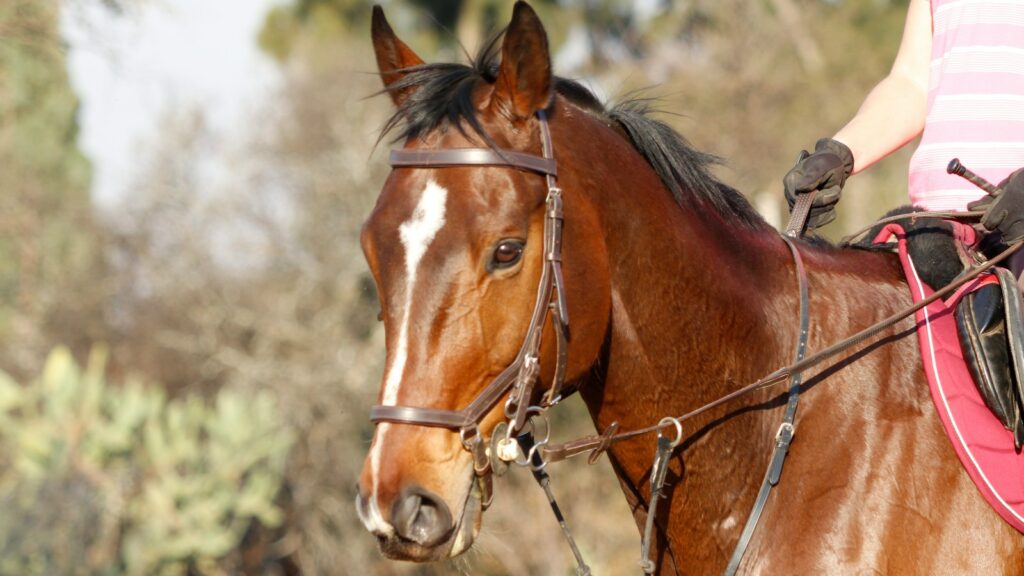
The conditioning approaches used for endurance horses offer valuable lessons applicable to all equestrian pursuits. Unlike the intense, short-duration training common in many disciplines, endurance conditioning follows progressive long-slow-distance (LSD) principles that build foundational fitness over months and years rather than weeks. This patient approach prioritizes bone and soft tissue adaptation, allowing time for skeletal remodeling that significantly reduces injury rates compared to more compressed training schedules. Cross-training features prominently in successful endurance programs, incorporating varied terrain, different gaits, and sometimes even swimming or hill work to create well-rounded athletes. Perhaps most revolutionary is the endurance community’s embrace of heart rate monitoring technology, using recovery rates and working heart rates as objective measures of fitness rather than subjective assessments, a practice increasingly adopted by other disciplines.
Nutritional Science Advancements Through Endurance Study

Feeding the endurance horse has prompted significant nutritional research that benefits the broader equine community. The focus on sustained energy release has led to sophisticated understanding of different carbohydrate sources and their varying impacts on performance, influencing feed formulations for horses in all athletic pursuits. Fat supplementation strategies pioneered for endurance horses have transformed how we understand energy provision during exercise, moving beyond traditional grain-heavy approaches to more balanced nutritional profiles. Electrolyte research specifically targeting the needs of horses working for 6-12 hours has refined our understanding of mineral balance during sweating and exertion for all athletes. Hydration science developed for endurance competitions has created protocols now used widely in equine medicine, including practical field tests to assess hydration status and effective rehydration techniques.
Hoof Care Lessons from Distance Riding
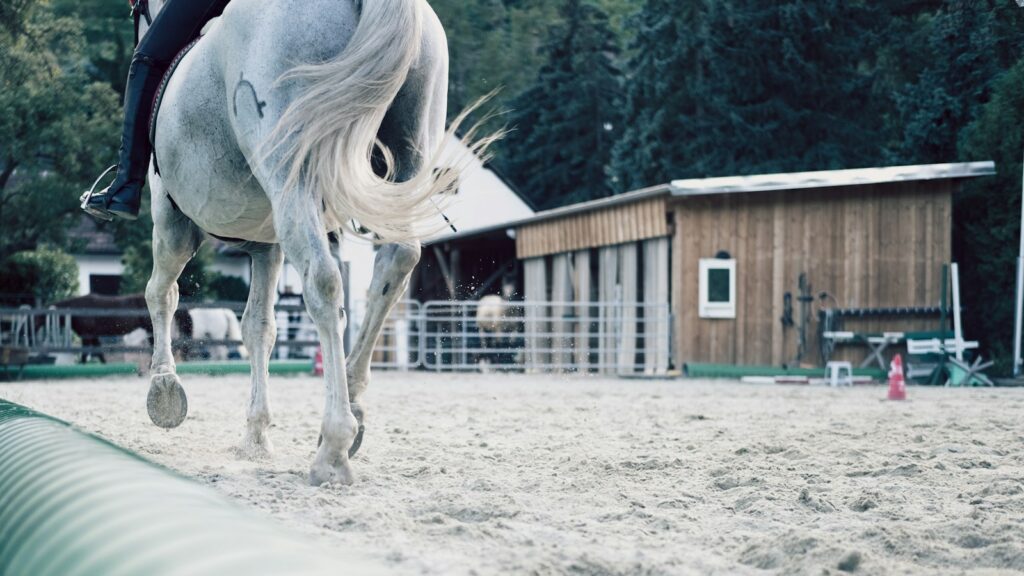
The demands of covering long distances over varied terrain have made endurance riders pioneers in progressive hoof care methodologies. Many endurance horses compete barefoot or with minimal protection, challenging conventional wisdom about the necessity of traditional shoeing and demonstrating the adaptability of properly conditioned hooves. The discipline has embraced alternative protection methods like hoof boots and flexible shoes, providing real-world testing grounds for innovations that later benefit horses in other pursuits. Endurance competitions have generated valuable data about how different hoof shapes and trimming philosophies perform under stress, contributing to evidence-based approaches to hoof maintenance. The endurance community’s emphasis on the relationship between proper movement patterns and hoof health has influenced broader understanding of how whole-body biomechanics affect the feet, leading to more holistic approaches to lameness prevention.
Management Practices Worth Adopting
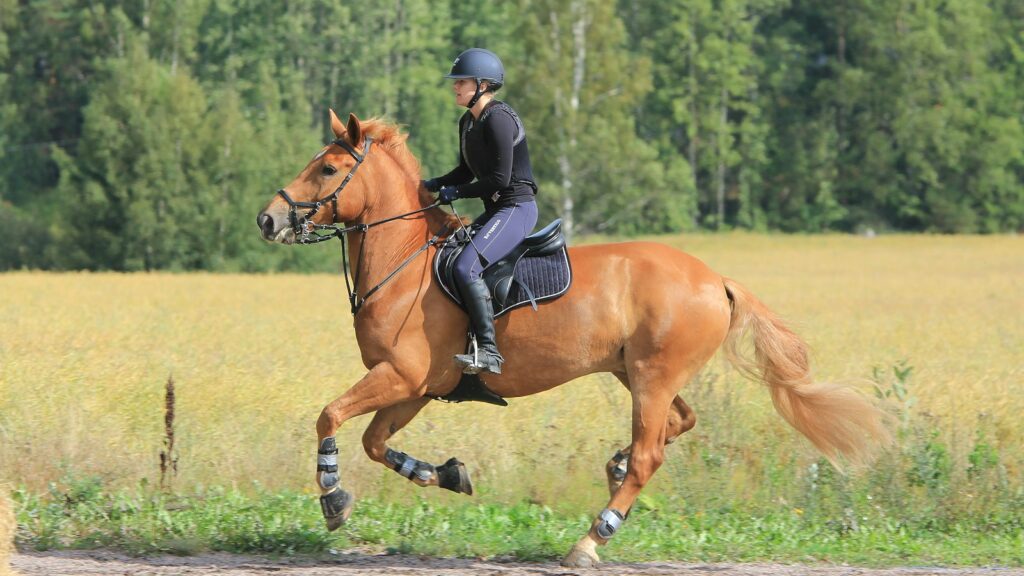
Endurance horse management often incorporates innovative approaches that can benefit horses in any discipline. The emphasis on turnout and free movement for endurance prospects recognizes that constant mobility contributes significantly to baseline conditioning and mental wellbeing, contradicting the intensive stabling sometimes seen in other disciplines. Many successful endurance barns implement strategic electrolyte supplementation year-round, not just during competitions, recognizing the importance of mineral balance for daily recovery and training response. The discipline’s approach to cooling techniques—using scientific principles rather than folk wisdom—has reformed how many horsemen address thermoregulation during and after work. Perhaps most significantly, the endurance community’s respect for adequate recovery time between significant efforts acknowledges the physiological reality that adaptation happens during rest periods, not during the work itself.
Tack Innovations Driven by Endurance Needs

The specialized demands of long-distance riding have sparked numerous equipment innovations that later benefit the broader equestrian world. Saddle design has evolved dramatically through endurance influence, with weight distribution, tree flexibility, and breathable materials becoming priorities now reflected in saddles for multiple disciplines. The development of biomechanically sophisticated endurance bridles and bitless options has expanded the range of effective communication tools available to all riders while prioritizing horse comfort. Endurance riders pioneered many of the high-tech cooling and protective equipment now commonplace across disciplines, including specialized quarter sheets, cooling vests, and leg protection designed for extended wear. The discipline’s constant search for equipment that balances rider assistance with minimal horse interference has created a testing ground for innovations that later become mainstream in the pursuit of enhanced horse welfare.
The International Perspective and Cultural Exchange
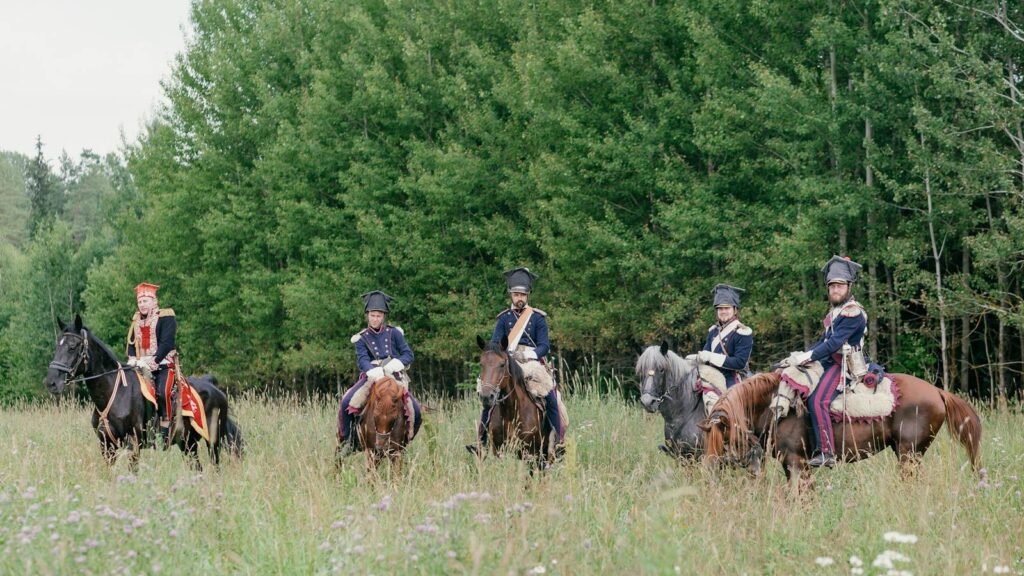
The global nature of endurance competition provides unique cultural exposure often missing from other equestrian pursuits. World Equestrian Games and FEI endurance championships bring together diverse horsemanship traditions, from Middle Eastern desert techniques to European classical approaches to American pragmatism, creating rich opportunities for knowledge exchange. Regional variations in endurance strategy—from the speed-focused approaches of some Gulf nations to the meticulous pacing typical of successful European teams—offer fascinating study in different philosophies of horse management under stress. Traditional breeding programs from cultures with centuries of endurance-focused selection provide living laboratories of adaptation and specialization worth studying. The discipline’s strong international component has created a uniquely global community where techniques and knowledge flow across borders, enriching local practices with worldwide perspectives.
Conservation and Land Access Advocacy
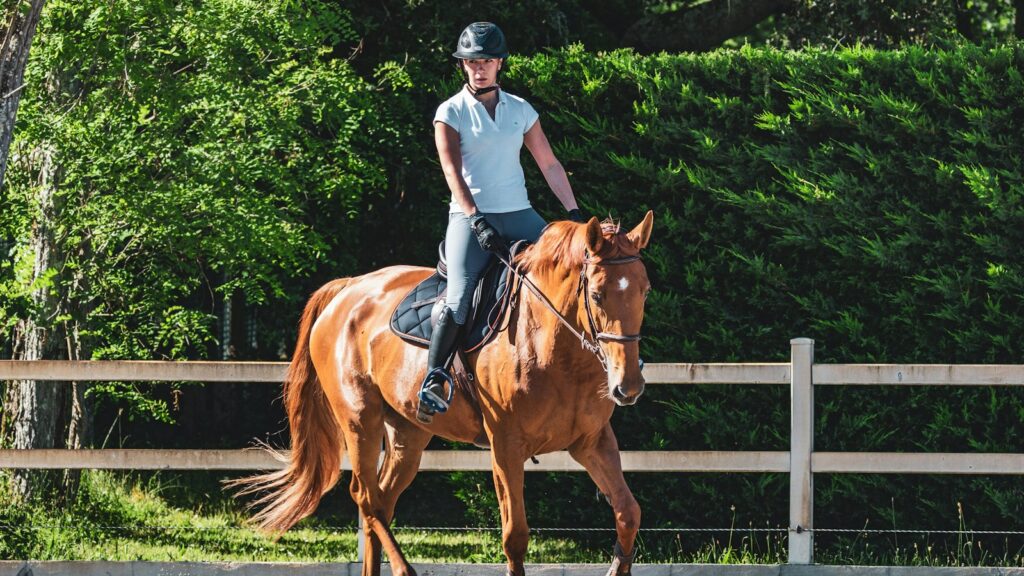
Endurance riders have become important allies in conservation efforts and public land access initiatives worldwide. The sport’s dependence on trail systems has made its participants natural advocates for preserving wild spaces and maintaining public access to natural areas for equestrian use. Many endurance organizations actively participate in trail maintenance programs, organizing volunteer days that benefit all outdoor enthusiasts and establish horse people as responsible stewards of shared resources. The discipline’s leave-no-trace ethics and emphasis on respecting natural environments help counter negative stereotypes sometimes associated with equestrian activities. Through their regular presence on public lands and active involvement in land management discussions, endurance riders often become effective voices in conservation policy decisions that affect all horse owners’ access to riding areas.
Conclusion: The Endurance Horse as Teacher
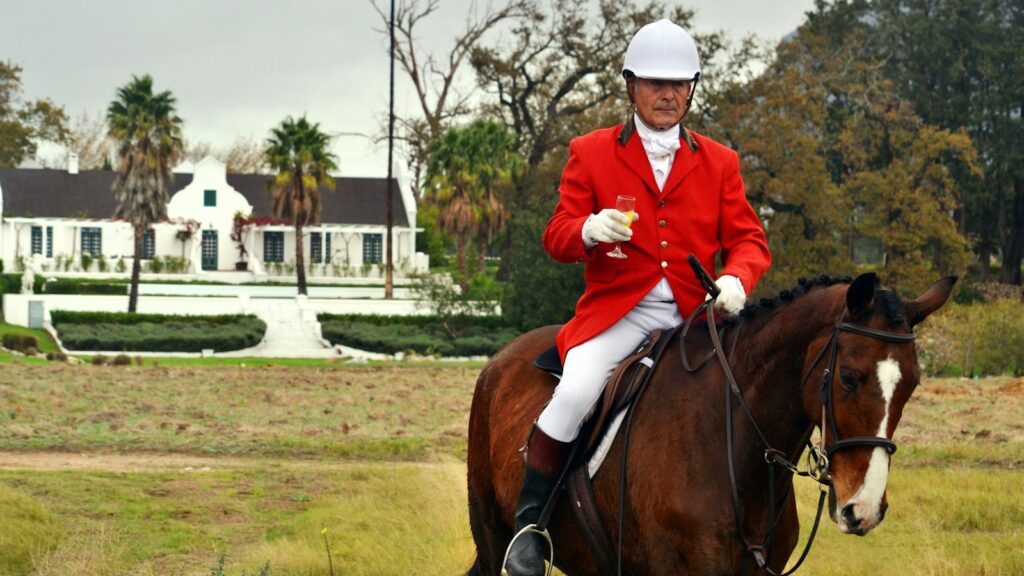
Endurance horses serve as extraordinary teachers for anyone seeking deeper understanding of equine potential and partnership. Their remarkable physical capabilities demonstrate the extraordinary athletic range of the species when properly developed through patient, consistent training. The intimate rider-horse connection forged over countless miles offers a model of partnership that elevates both participants beyond their individual capabilities. The discipline’s science-based approach to horse management provides evidence-driven practices that can enhance any horse’s wellbeing and athletic longevity. By paying attention to endurance horses and the dedicated humans who partner with them, equestrians from all backgrounds can gain insights that improve their horsemanship, deepen their connections with their own horses, and contribute to advancing equine welfare across all disciplines. In a world increasingly focused on quick results and shortcuts, the endurance horse reminds us that the most meaningful achievements come through patience, persistence, and profound respect for our equine partners.

